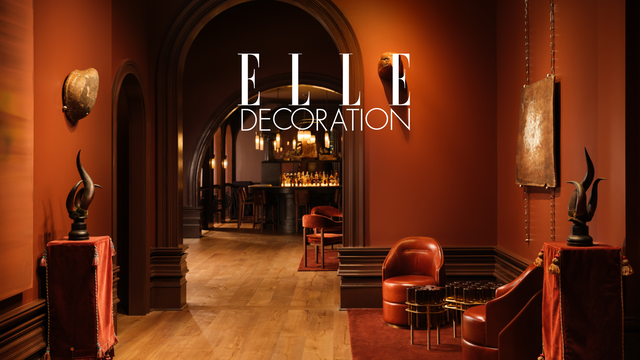Cleaning & Care
Leather
Marks and color variation are characteristics of natural leathers. They should not be regarded as flaws or product defects. Damage to the leather due to improper use should be avoided. Existing abrasions and ruptures should be repaired, according to the advice of a professional, to avoid further damage.
Regarding routine cleaning, a soft and dry towel can be used to wipe the leather. Food residue and debris can be removed with a vacuum with a soft brush. Clean, absorbent, and soft cloths or sponges should be used to wipe the leather if liquid spills over it. A piece of dry cloth should then be applied to clean it. Let the leather dry naturally. If non-aqueous liquids spill over the leather, a damp soft cloth with soapy water should be used to wipe the leather. A piece of dry cloth should then be applied to clean it. Do not use any chemical solvents, detergents, or bleaching powder to clean leather. Special leather care products are recommended for cleaning and maintenance.
Fabric
Wool and synthetic fabrics require simple and basic maintenance. All fabrics can be easily scratched with sharp objects, such as belt fasteners, keys, and animal paws. Thread residue, if any, should be cut carefully rather than torn or pulled. For severe damage, please ask a professional for help.
Food residue and debris can be removed with a vacuum with a soft brush. Clean, absorbent, and soft cloths or sponges should be used to wipe the fabric if liquid spills over it. A piece of dry cloth should then be applied to clean it. Let the fabric dry naturally. Any dirt on the fabric can be wiped with a wet duster cloth. Afterwards, let the fabric dry. Do not use a detergent or bleaching powder to clean the fabric.
Velvet
Pressure marks may appear during use, forcing the nap in different directions, which is noticeable by a change of color. This effect is due to a combination of rising air humidity, body moisture and weight. It is typically possible to remove creases and pressure marks by placing a damp cloth on the textile or spraying with distilled water until the textile’s surface is moist but not wet. The same result can be achieved by carefully steaming the textile with an iron at a distance of 1-2 cm from the surface. Avoid exerting pressure on the textile. Brush the textile with a soft brush in the direction of the pile for the nap to rise to its original state. Let the textile dry overnight. In order to avoid shading, we recommend treating the complete surface accordingly. If the textile cannot dry naturally overnight, it is possible to use a hair dryer from different directions to rise the nap to its original state.
Metal and Light Fixtures
Clean all our products with a soft, dry cloth only, preferably microfiber where possible. Do not use scouring agents, abrasive sponges or cloths, hydrochloric acid, vinegar (acetic acid) cleaners, ammonia or metal silicates.
When polishing is necessary we recommend the following:
- Simichrome Polish for Chrome and Polished Nickel
- Bri-Wax to refresh and protect our Bronze finishes
- Brasso will remove any existing patina and brighten our Natural Brass, Hand-Rubbed Antique Brass and Antique Burnished Brass finishes














